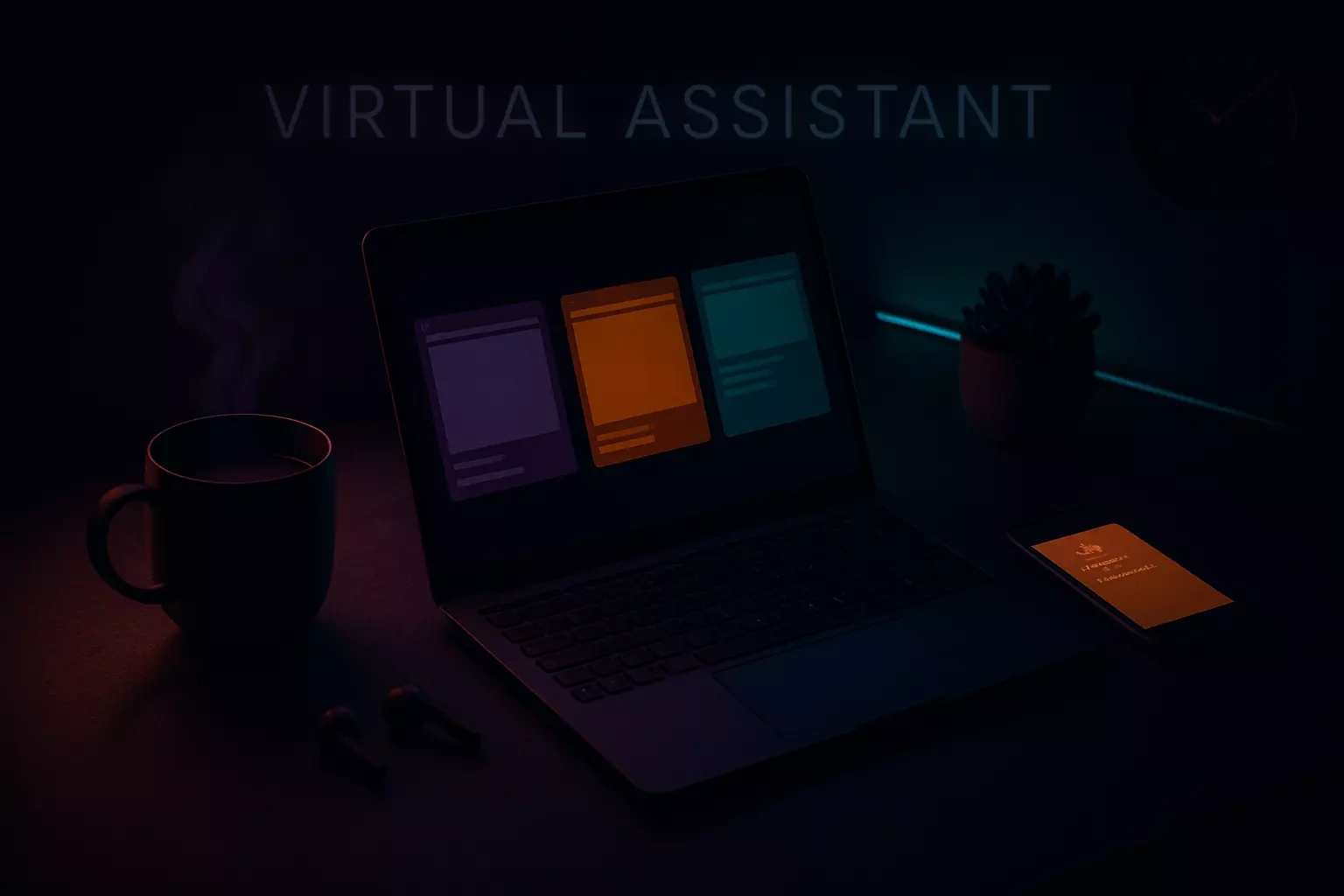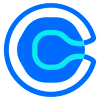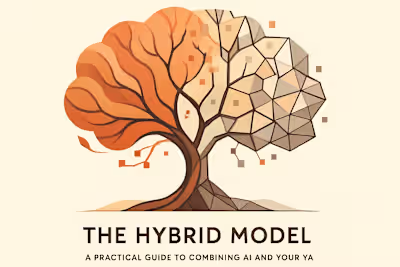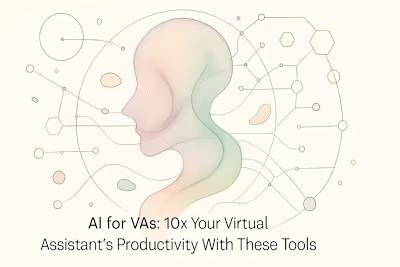A Day in the Life of a Virtual Assistant: From Morning Coffee to Client Calls

A Day in the Life of a Virtual Assistant: From Morning Coffee to Client Calls
The Morning Routine: Setting the Stage for Success (9 AM - 12 PM)
The Daily Check-In: Emails and Project Management Tools
Time-Blocking for Deep Work
Client Communication and Morning Updates
The Midday Hustle: Juggling Clients and Tasks (12 PM - 3 PM)
Lunch and a Mental Reset
Navigating Client Meetings and Calls
Handling Asynchronous and Recurring Tasks
Wrapping Up the Day: Planning for Tomorrow (3 PM - 5 PM)
End-of-Day Reports and Client Updates
Business Admin and Invoicing
Planning the Next Day's To-Do List
Beyond the 9-to-5: Flexibility and Boundaries
Working with Clients in Different Time Zones
The Critical Importance of Setting Boundaries
Fitting in Business Development and Learning
Conclusion
References
A Day in the Life of a Virtual Assistant: From Morning Coffee to Client Calls
The Morning Routine: Setting the Stage for Success (9 AM - 12 PM)
The Daily Check-In: Emails and Project Management Tools
Time-Blocking for Deep Work
Client Communication and Morning Updates
The Midday Hustle: Juggling Clients and Tasks (12 PM - 3 PM)
Lunch and a Mental Reset
Navigating Client Meetings and Calls
Handling Asynchronous and Recurring Tasks
Wrapping Up the Day: Planning for Tomorrow (3 PM - 5 PM)
End-of-Day Reports and Client Updates
Business Admin and Invoicing
Planning the Next Day's To-Do List
Beyond the 9-to-5: Flexibility and Boundaries
Working with Clients in Different Time Zones
The Critical Importance of Setting Boundaries
Fitting in Business Development and Learning
Conclusion
References
Posted Jun 30, 2025
Ever wonder what a virtual assistant *actually* does all day? Follow along for a realistic look at the daily schedule, tasks, and challenges of a successful VA.











